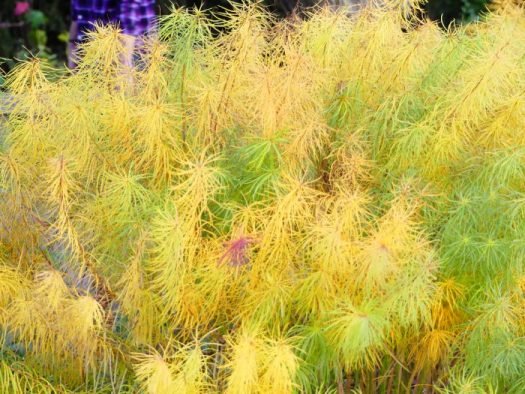Perennial spring bloomers are easy. There are so many fantastic spring performers that you will always have something blooming all spring long with little effort. Fall can be a little trickier because there’s a constant parade of colorful bloomers, and I’m always looking for new candidates and old favorites. Chrysanthemums and asters are the usual suspects when people think of fall flowers, but there are many more. Interesting and underused fall classics will take your garden from drab to stunning!
Some of my selections are native and deer resistant, so even if you have deer you can have a colorful garden.
Amsonia or Bluestar, a native, only has a place in my garden because of its long-lasting golden yellow foliage. Blue star-like flowers in the spring are boring in the spring, but you should plant them because of the fall foliage. Good in flower arrangements, the foliage lasts for weeks and undergoes a slow transformation from yellowish green to old gold.
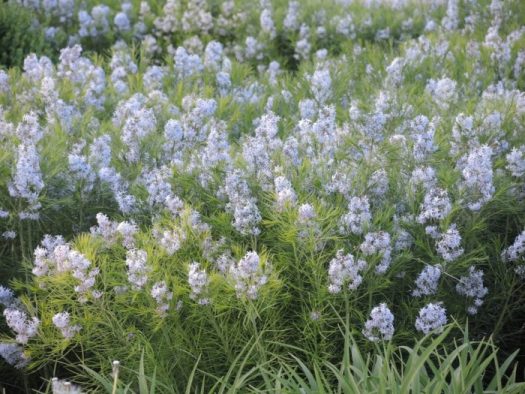
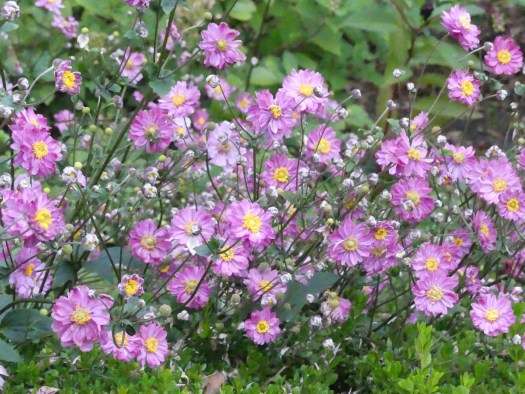
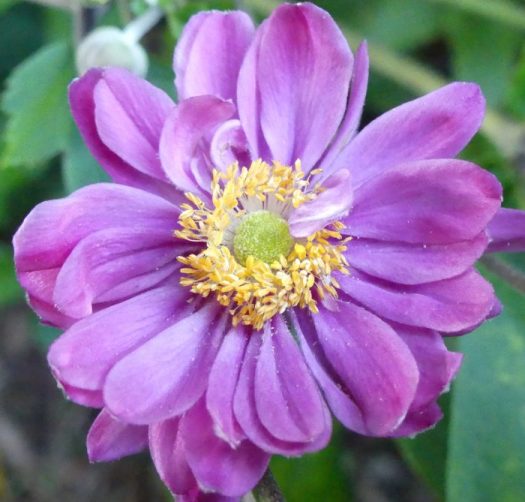
Floating over the edge on long stems and willows, Japanese anemones are a stalwart herbaceous perennial that lasts for years and, as a bonus, are easy to grow. Many perennials are short-lived and only last a few seasons, but anemones have bloomed in my garden for over 30 years. Reliable and deer resistant, they come in a variety of pinks, reds and whites. Propagating by rhizomes, once you plant them, you can always count on them in late August and early September for a long-lasting flower show. Mine started blooming in mid-August, despite the heat, and will continue to bloom for weeks.
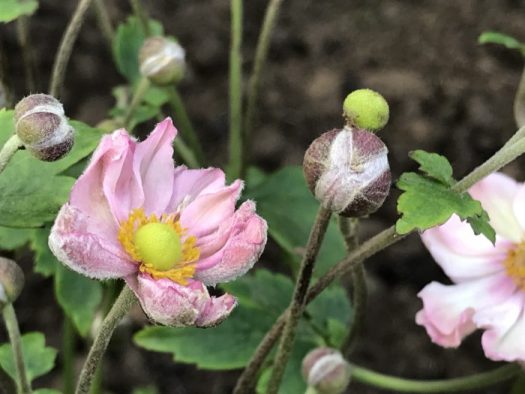
Perennial anemones grow well in moist soil conditions and can receive sun or partial shade. I think the color of the flower looks better with a little shade in the afternoon. They spread constantly when they are happy.
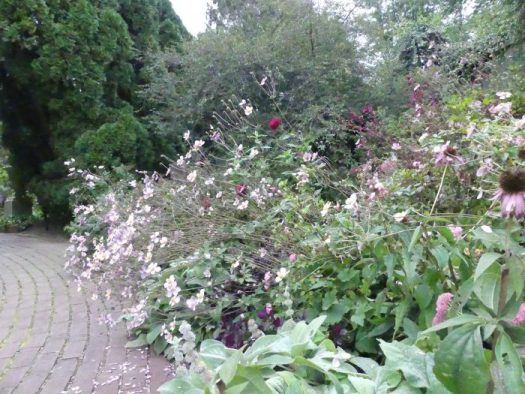
Japanese anemones can grow up to 4 feet tall. Some taller varieties may need staking to keep them from falling over, but if you place them close to supporting plants, they are fine. ‘Honorine Jobert’, a wonderful traditional white variety, is one of my favorites, but it needs a little help standing upright. That help could be surrounding supporting plants or against a fence. or wall.
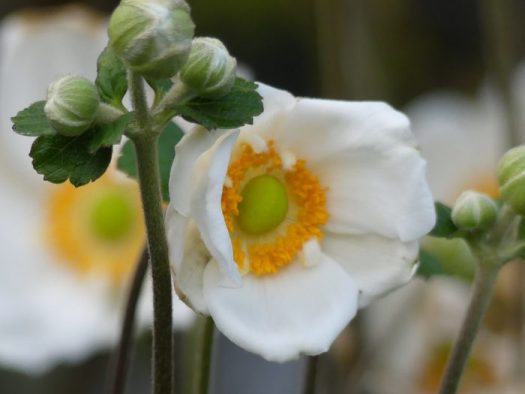
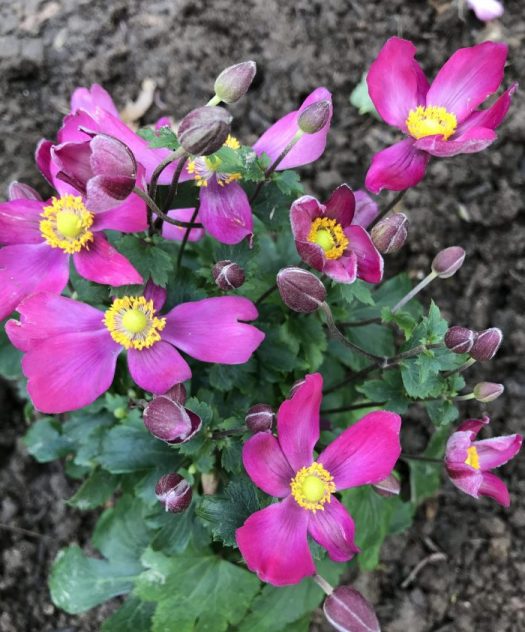
Since many people have small gardens and cannot accommodate full-sized perennials, shorter varieties of anemones, such as Little Red Riding Hood, are on the market and more are coming out. I thought I would hate the shorter ones, since one of the beauties of anemones is their attractive willow stems. But the shorter varieties are very floriferous and create a splash of color, although with a completely different shape. The plants, which have clustered forms 12 to 18 inches tall, are covered in blooms to create an instant color statement.
Very underused in perennial borders and foundation plantings, I love using this particular native Heuchera or Coral Bells and sprinkling it around my gardens.
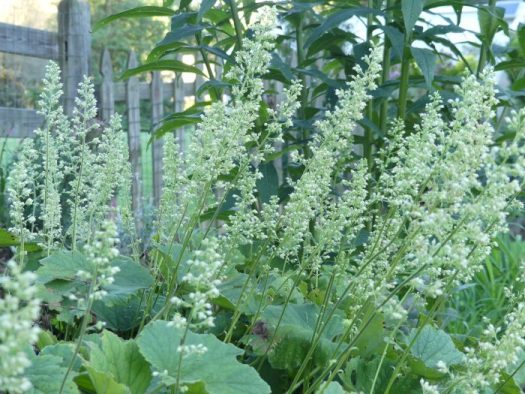
A wonderful partial or full shade perennial that can’t be killed, this perennial deserves a place in everyone’s garden. I have nominated it several times for ‘Perennial of the Year’, but it has not yet caught on as a popular plant. Deer resistant, drought tolerant and suited to the humid mid-Atlantic summers, this perennial keeps on giving year after year.
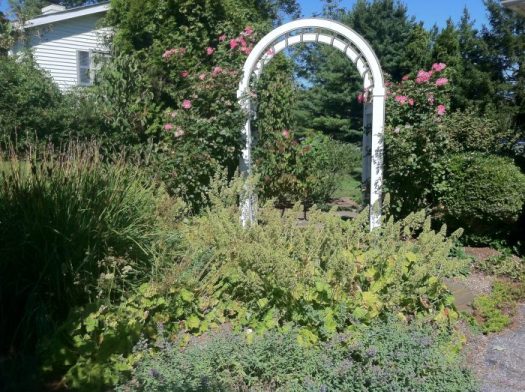
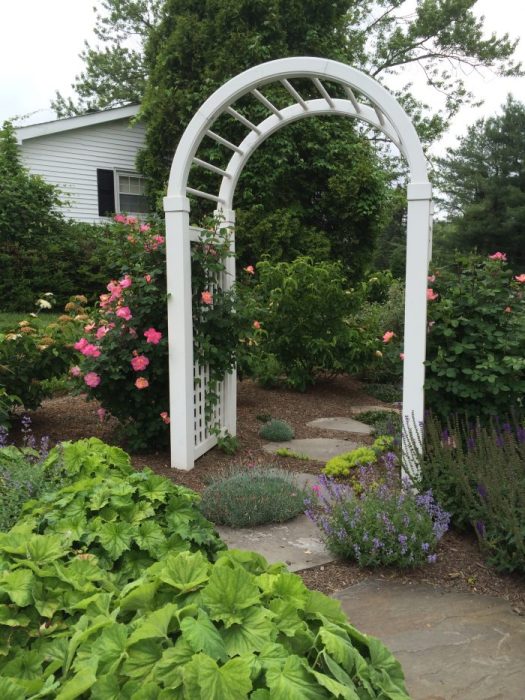
A wonderful ground cover plant that can replace the more common Pachysandra and Vinca. This plant is semi-evergreen and remains for about 10 months a year in the mid-Atlantic region. When spring comes, I simply trim the plant’s hair to remove the tattered winter foliage and sprout new growth.
For pollinators, I love the native Aster ‘Bluebird’, Aster laevis for sun or shade.
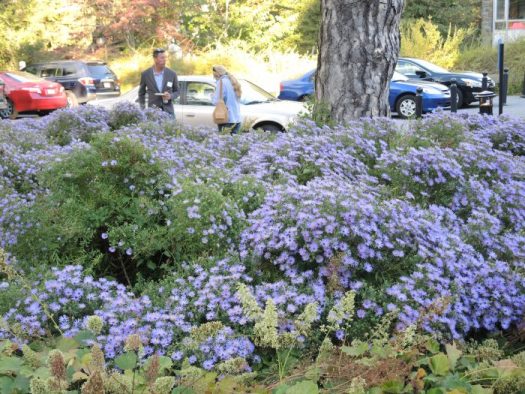
A versatile and long-lived plant, you forget you have them until they burst into bloom in September. And butterflies, bees and other pollinators flock to the flowers. Planting asters is like looking into the future. You plant them in spring and you forget about them and suddenly they become queens of the garden!
There are quite a few species and varieties of aster and the two most common are the New England aster. (Symphyotrichum new England) and the New York Aster (S. novi-belgii)but you will see a variety of hybrid varieties available in striking pinks, blues and purples at garden centers.
Asters also attract bees and butterflies en masse, providing pollinators with an important late-season supply of nectar.
Thanks to the aster’s late flowering, they are sometimes called “Michael’s daisies”, in reference to the holiday of the same name celebrated annually on September 29.
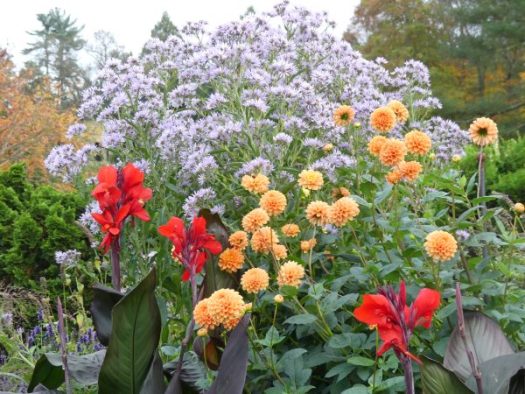
Easy to grow, thriving on neglect, asters grow profusely in full sun to light shade. I have noticed that rabbits and deer like them when they are young, so protect them until they are about a foot tall and alone. Preferring constant humidity, my asters do well without fussing.
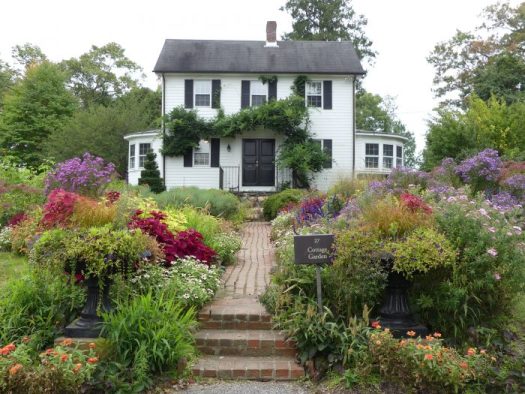
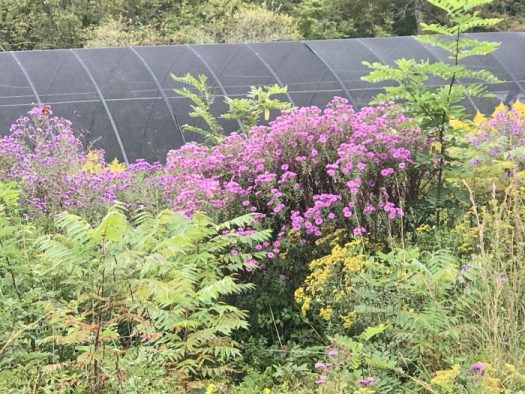
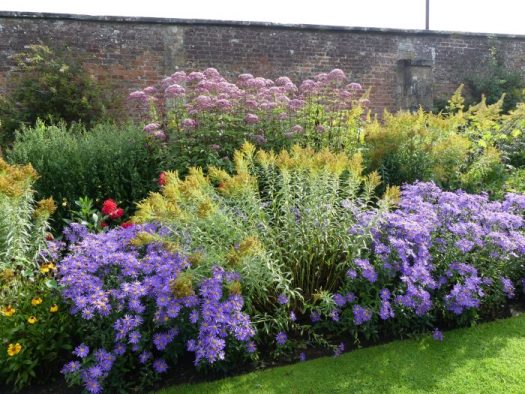
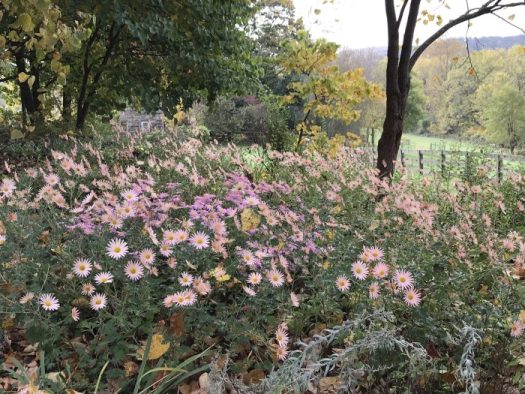
Moms are, of course, the queen of fall flowers, but I’m talking about the ‘garden moms,’ and not the florist moms who are grown by the millions and displayed in a pot on your front porch. Garden chrysanthemums are a particular variety that can be grown from year to year and have only one shape, not the fluffy florets seen on florist chrysanthemums with stiff stems.


There are many varieties, such as ‘Clara Curtis’ and ‘Sheffield Pink’, which are old stalwarts that you will see in many gardens. Garden chrysanthemums (also known as hardy chrysanthemums) are smaller, hardy, compact plants that are typically grown in gardens or containers. Florist chrysanthemums are larger, less hardy plants for flower arrangements.
Easy to grow in any garden soil, you can cut the stems by half in mid-June to make them a little shorter. I leave them alone because I like their extended habit.


A mix of Echinacea (Coneflower) and Rudbeckia (Black Eyed Susan), I really like this unusual season. Large flowers that are boldly marked with bright colors are also easy to grow. I found them at Big Box stores and buy them when I see them.

This happy marriage of two different flower varieties is only hardy to zone 7, which in my state of Maryland is the northernmost point where it can overwinter. But I’ve had this for 5 years now and it still works well.
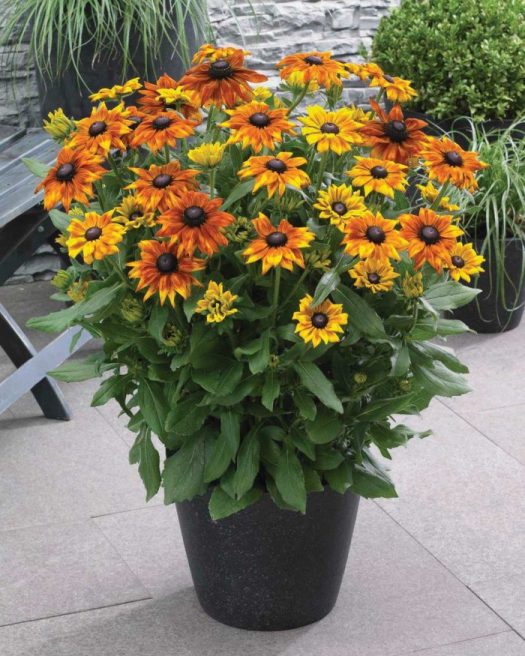
Echibeckia, an excellent fresh cut, is not totally deer resistant, but it is not on your favorites list. With this one I have more problems with the bunnies.
Agastache would receive the award for longest flowering perennial from me. Once the flower wands begin to open, you’re in for a display of at least 3 months or more. The fragrance and attraction to pollinators is another plus. Every part of the plant is fragrant and probably the reason deer avoid it. And the color selection is phenomenal and gets better every time.




No list of the 10 best fall gardens should omit grasses. By fall, grasses are the bones of your garden that will showcase your colorful perennials. Their texture, ease of care, and deer resistance should be your incentive to plant them. Even in a small garden, you can use some beautiful, well-trained grasses that won’t take over or overgrow. Japanese forest grass (Hakenochloa) and Mexican feather grass (Nasella tenussima) are excellent small stature grasses to use, one in the shade (Japanese forest grass) and the Mexican feather grass in the sun.
The grasses are also colorful and textural. Pink Mulhy weed is a gorgeous bubblegum pink color!






Tall Sedums are another reliable, long-blooming fall stalwart. ‘Autumn Joy’, ‘Brilliant’ and ‘Abbeydore’ are excellent varieties, but I especially like ‘Matrona’ with its ruby red stems. Sometimes deer feed on this because the foliage is very succulent.

Sedum, which attracts hordes of pollinators, is not native, but is still valuable as a pollinator attractor. The foliage is attractive all season and the flowers last for months, in bloom and dried on the stem. Leave the stems up all winter to give them structure in the winter garden.

Helenium, the Helena flower, produces masses of colorful yellows, reds and oranges in full sun and reaches 3 to 4 feet tall. For fantastic cut flowers, you can trim them in early June to promote more branching and additional flowers.

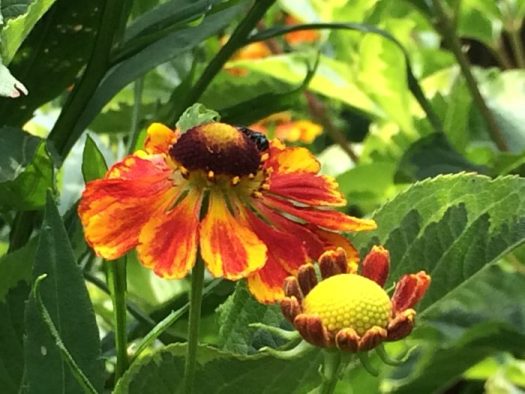
There is nothing better than the flower power of Helenium. Not many plants produce the intense, sizzling color you get from a single plant. It’s worth planting just for the butterflies!
